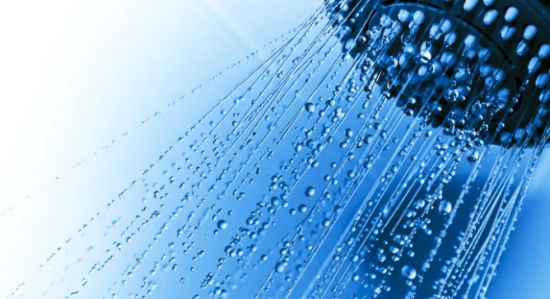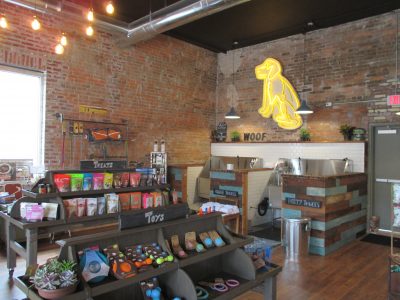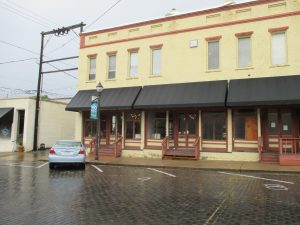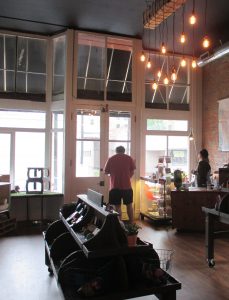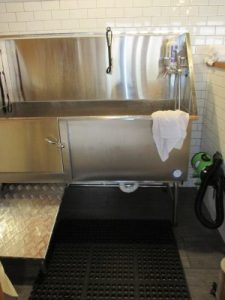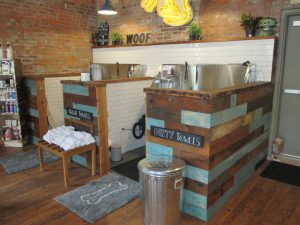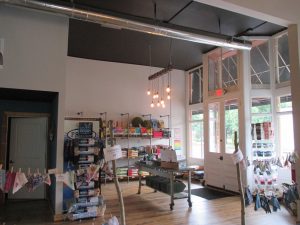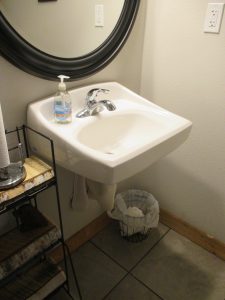One of my favorite things about engineering is walking into a building that I helped design. Others may think me crazy for looking under the sink at the plumbing or up at the ductwork but I love seeing what I drew on paper realized. This month, Woof & Wander opened their new store in Downtown Rogers. We were honored to be part of the design team for this project, and we’ve posted a few pictures of the project on our news feed. I also encourage you to check out their store the next time you are in Downtown Rogers.
Here’s a few other topics we were talking about this month:
- A Ton of Refrigeration – There’s a practical reason (and some history) of why your air conditioner is measured in tons.
- LED Lighting Factors – LED bulbs save energy over older technology but there are a few things to consider before buying replacements.
- Low-Flow Plumbing Fixtures – Low-flow fixtures may be a great way to reduce your utility costs.
Be sure to check our website regularly for updates or follow us on Facebook, LinkedIn or Twitter. We wish you the best this month and if you ever have need of any of our services, please don’t hesitate to contact us. Have a great day!
If you would like to receive these newsletters in your inbox, just sign up below. Be sure to check what services you are interested in before clicking Subscribe.


